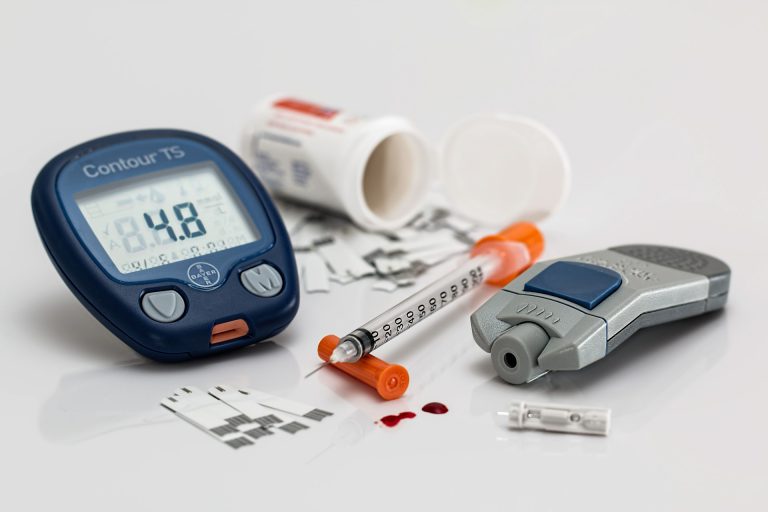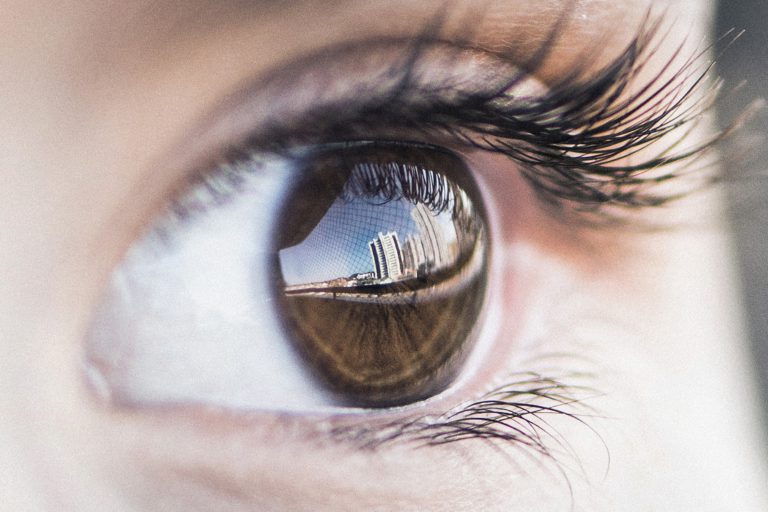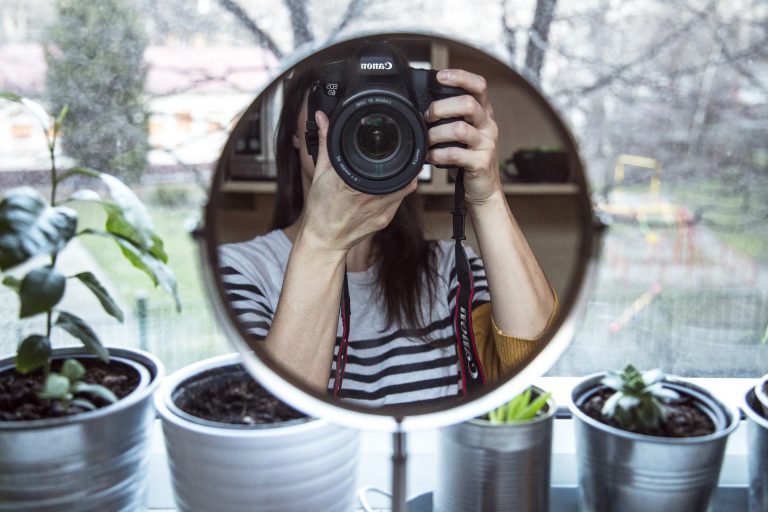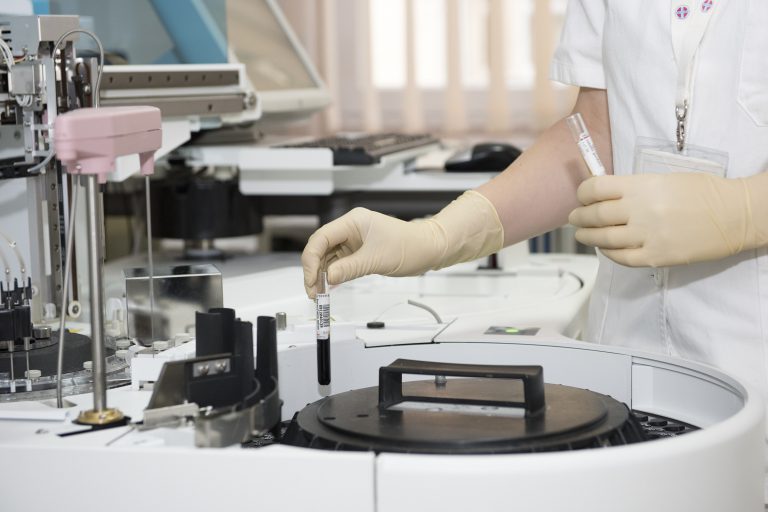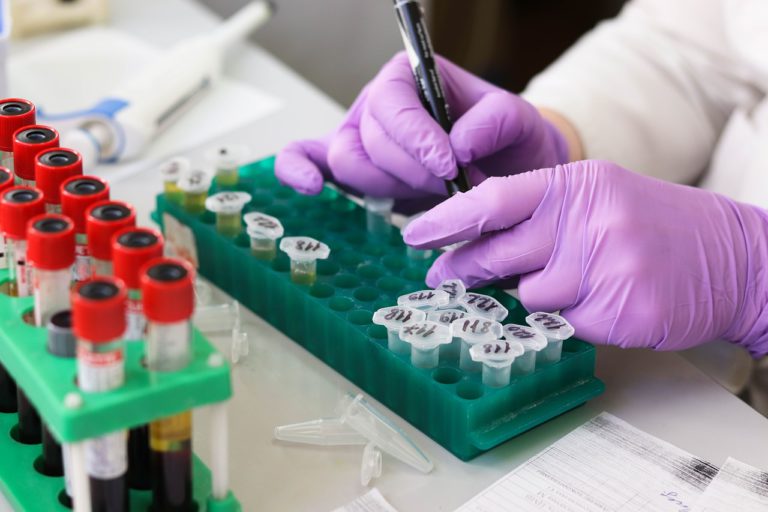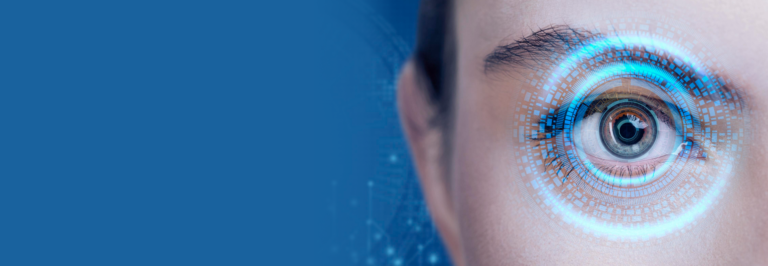Saliva-Based Glucose Tests For Diabetes Management
Monitoring is a critical aspect of diabetes self-care. Careful control helps people living with diabetes to know if they are meeting recommended treatment goals to keep healthy. But taking care of diabetes includes more than just monitoring blood glucose levels. It involves the individual’s overall health, such as blood pressure, weight, cholesterol levels, heart health, sleep, mood, medications, as well as eye, kidney and foot health.
Anybody living with diabetes does not need to be reminded of the importance of regular monitoring of glucose levels. It is necessary to prevent hyper- and hypoglycemia, both of which can cause immediate and long-term complications in individuals with diabetes. How frequently one needs to monitor the glucose depends on the type of diabetes but also the use of oral medication or insulin. Some only need to monitor their glucose levels a few times a week, while others monitor it up to three times a day. Those who wear a continuous glucose monitor, can continuously observe their glucose reading and follow the direction it’s headed.
The current standard for diabetes monitoring is blood glucose testing, which can involve multiple daily finger-prick blood tests. This can potentially result in calluses and difficulty obtaining blood. According to some reports, up to 60% of people with type 1 diabetes and 67% of those with type 2 diabetes do not monitor blood glucose as often as recommended. Fear of needles and pain of finger-pricking are often cited as the key barriers to people monitoring their blood glucose levels.
New research suggests that saliva could be utilized as a pain-free and cheaper alternative to blood for the monitoring of diabetes. The research, led by the University of Strathclyde, in collaboration with researchers from universities in Brazil and Canada, showed promising results for monitoring diabetes and demonstrated that lab tests of the saliva process had an accuracy rate of 95.2%.
According to Dr. Matthew Baker, the lead researcher, saliva reflects several physiological functions of the body, such as emotional, hormonal, nutritional and metabolic, and so its biomarkers could be an alternative to blood for robust early detection and monitoring of diabetes. Saliva is easy to collect, non-invasive, convenient to store and requires less handling than blood during clinical procedures, while also being environmentally efficient. Dr. Baker also stressed that it contains analytes with real-time monitoring value which can be used to check a person’s condition.
The team identified two biomarkers that had a strong correlation to glycemia and were able to differentiate between hyperglycemic and normal conditions. The two markers were utilized to distinguish between the non-diabetic, diabetic and insulin-treated diabetic rat models with 95.2% accuracy. While additional research – including studies using human participants – are needed, it is hoped that this novel approach could form the basis of a cost-effective, non-invasive approach to diabetes monitoring in both type 1 and type 2 patients.
There are others who also believe in this new approach. An Australian-invented Saliva Glucose Biosensor is a novel non-invasive, saliva-based glucose test for diabetes management that measures glucose in saliva, not blood. The users of this new technology, which is still to receive regulatory approval, will bring the Saliva Glucose Biosensor in contact with saliva and move the biosensor to a smart device where the glucose levels will be displayed. The digital application provides real-time comparisons against historical data and can transmit information remotely to points of care
Using saliva to monitor diabetes can potentially free the 463 million strong global diabetic population from having to use painful and invasive blood monitoring devices to manage their condition, giving them a better quality of life.

